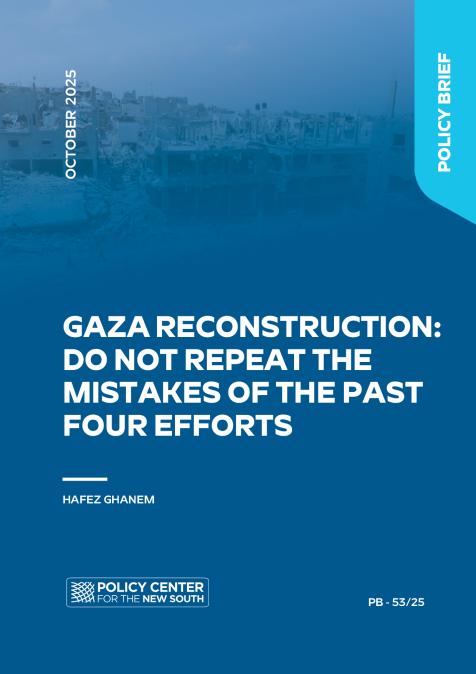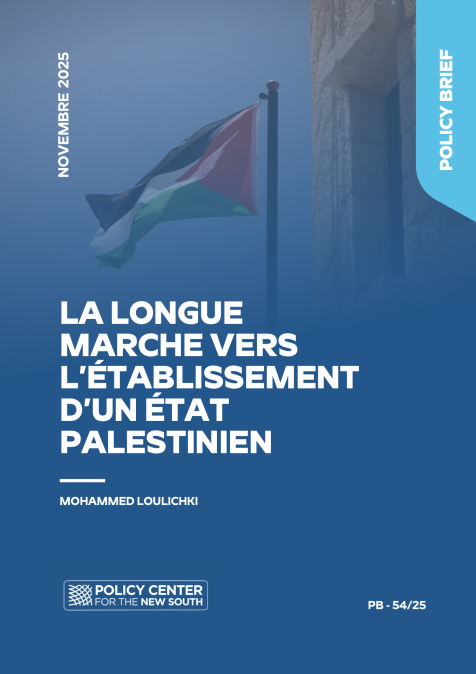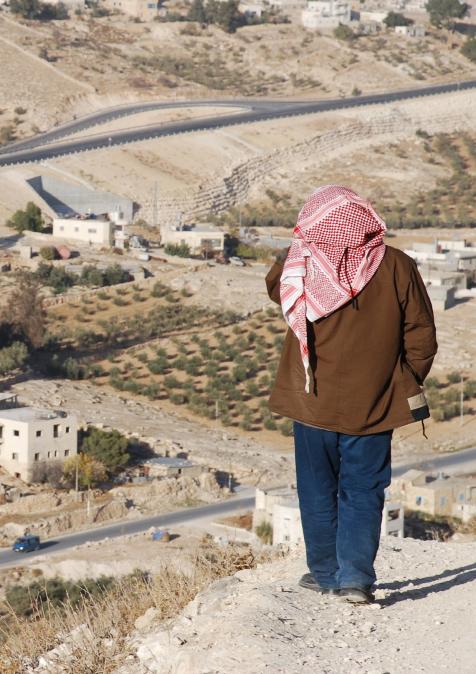Publications /
Opinion
Almost a year after the December 2024 fall of former President Bashar al-Assad, Syrians on October 5 took part in their first parliamentary vote—a symbolic milestone for a nation emerging from years of war and authoritarian rule. Rather than a direct popular election, the process followed an indirect model: about 7,000 members of regional electoral colleges cast ballots to choose two-thirds of the 210 seats in parliament. The remaining one-third will be appointed directly by President Ahmed al-Sharaa. The government argues that this system is a temporary necessity, given the administrative challenges that persist after the conflict: millions displaced, registries destroyed, and large parts of the country still beyond state control.
Many citizens view the vote as a first step toward rebuilding institutions and re-establishing a sense of national governance. Yet others caution that by maintaining strong presidential authority, and excluding regions such as Sweida and the Kurdish-administered northeast, the process risks reinforcing old hierarchies. Syria’s first postwar election thus captures both the hope for renewal and the fragility of its political transition.
From the Rubble of War to the Promise of the Ballot
Syria’s parliamentary election unfolded in a context still scarred by conflict and sectarian violence. More than a decade of war devastated the country’s infrastructure, displaced millions, and fractured its social fabric. When President Ahmed al-Sharaa’s forces overthrew Bashar al-Assad, it ended over fifty years of authoritarian rule, but not the instability that defined it. The transition from insurgency to governance has been fraught with renewed tensions, localized violence, and deep societal mistrust.
In 2025, sporadic sectarian clashes reminded Syrians of the fragility of the postwar order. In Latakia, Tartous, Homs, and Damascus, a wave of abductions, killings, and vandalism targeted members of the Alawite community — a minority historically concentrated in Syria’s coastal regions — as well as several of their religious sites. The violence, which caused numerous casualties, was reportedly fueled by misinformation circulating during government security operations in the area.
In March 2025, an ambush by Assad loyalists in Jableh triggered days of fierce clashes across parts of western Syria, resulting in heavy civilian casualties, and what observers described as the deadliest outbreak of violence since the fall of Assad. Subsequent months saw renewed unrest in the Druze-majority areas of Homs and the Damascus suburbs, where skirmishes between Druze militias, Islamist factions, and security forces left several people dead. Israeli airstrikes were later reported in the vicinity of Homs during the escalation.
In July, fighting between Bedouin tribes and Druze communities in Suwayda Province escalated into widespread bloodshed, with significant civilian casualties and the destruction of property on both sides. By late summer, insurgent attacks and retaliatory violence extended to parts of western and northern Syria, including coastal areas, and Afrin, where Christian villages were reportedly targeted. Each episode underscored the persistence of sectarian grievances, unresolved local disputes, and the absence of an effective national reconciliation framework.
In this context, the new parliament is the product not of a unified state, but is an attempt to reimpose institutional order on a country still divided by identity, territory, and trauma. For the interim government, the vote is a step toward normalization; for many Syrians, it is a reminder that reconstruction cannot precede reconciliation.
A Managed Transition or the First Step Toward Reform?
The new parliamentary process reflects Syria’s struggle to balance the appearance of democratic reform with the realities of a fragile postwar state. The hybrid structure designed by President Ahmed al-Sharaa’s government—two-thirds of parliamentary seats chosen through regional electoral colleges, and the remaining one-third is appointed directly—has been justified as a temporary necessity and ensures a degree of political continuity at a time when the state’s institutions remain weak and fragmented. Yet it also raises questions about whether the arrangement will evolve into genuine pluralism, or remain a mechanism of executive control.
Officially, the government has framed the indirect vote as an administrative compromise. Millions of Syrians still lack identification papers, large populations remain displaced, and reliable voter registries have not yet been restored. A full national election was deemed unfeasible. However, the concentration of decision-making power within appointed electoral councils and presidential prerogatives leaves limited space for opposition voices. While candidates linked to the Assad regime or extremist factions were barred, the eligibility criteria also excluded many civil society figures and local leaders, who had emerged during the conflict. The result is a narrow political spectrum dominated by technocrats, loyalists, and pragmatic reformists.
The interim constitution, adopted in March 2025, further reflects this tension. It maintains a strong presidential system, granting al-Sharaa authority to appoint, in addition to members of parliament, ministers and Supreme Court judges. Although some legal provisions envisage a gradual transfer of power to elected bodies, the lack of clear timelines fuels doubts about whether these mechanisms will be implemented.
For many Syrians, however, the symbolism of an election—even an imperfect one—carries weight. Civil society groups and governance advocates have described the process as a ‘first brick’ in rebuilding trust between citizens and institutions. Yet others fear it may entrench a new form of centralized rule, in which legitimacy is derived more from process than participation. In essence, Syria’s parliamentary experiment illustrates the dilemma of post-conflict transitions: the need for order and stability often precedes, and sometimes constrains, the emergence of true democracy.
Who Speaks for Syria’s Future?
Beyond the mechanics of the vote, the question of who is represented in Syria’s new parliament remains deeply contentious. For the Kurdish leadership, the exclusion of the area of Syria that they administer reinforces the perception that the new government is reproducing the same patterns of marginalization that fueled earlier conflicts. Their demands for local autonomy and participation in national decision-making have so far been met with limited engagement from Damascus.
The composition of the electoral colleges has also raised concerns. In practice, these bodies are dominated by professionals, tribal figures, and local notables aligned with the interim authorities, leaving little room for youth movements, independent activists, or displaced communities. Women have taken a visible yet modest share of seats, and minority groups are symbolically represented, but remain politically peripheral.
For President al-Sharaa, the elections are meant to project a sense of national unity and institutional continuity. Yet without the inclusion of key communities and opposition currents, the new parliament risks speaking about Syrians, rather than for them. Legitimacy in postwar Syria will depend not only on institutional design, but on the government’s ability to bridge the divides deepened by decades of conflict.
The challenge for President al-Sharaa’s government will be to transform symbolic inclusion into genuine representation, and to rebuild trust among a population exhausted by conflict. Whether this experiment becomes the foundation of a more open political order, or merely a managed return to stability, will determine whether Syria’s long-awaited renewal remains a cautiously realistic hope, or an illusion.










